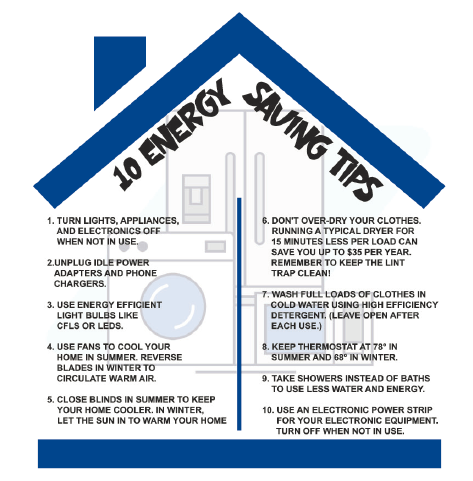The St. Peter Apartments
In response to the growing need for affordable housing in New Orleans, SBP built The St. Peter Apartment through its Opportunity Housing Program on a block of land in New Orleans that used to be a salvage yard. The St. Peter Apartment complex is Louisiana’s first net-zero apartment building which hosts 50 mixed-income and affordable apartment units, helping us fulfill our mission to provide storm-resilient, energy-efficient housing to low and moderate-income residents. In a city where affordable housing is often hard to come by, The St. Peter offers an opportunity for veterans, individuals, and families to live in high-quality, energy-efficient, resilient housing they can afford. To accomplish this, the St. Peter produces its own energy through an array of solar panels installed on the building’s roof. The excess energy generated by the solar panels is stored in an on-site battery system and used when the sun isn’t shining or the city-wide power grid goes down.
What is a Net-Zero Energy Building?
To be “net-zero energy,” a building must produce as much energy as it consumes. There are other important design features of The St. Peter that help make it net-zero, including:
- A tight building envelope that prevents outside air from getting in and vice versa
- Energy-efficient appliances in all apartment units
- Energy-efficient windows
- Energy-efficient HVAC systems
These features help lower the total amount of energy the building needs to keep the lights on, air temperature comfortable, and appliances functioning. However, building design and energy-efficient systems are not the only ingredients needed to make a building net-zero. It is also vital that the people who use the building observe energy-efficient behaviors. At The St. Peter, residents are asked to follow a few simple steps to keep their energy usage lower. These steps include:

If residents follow these guidelines, their energy usage can remain low enough that the amount of energy the building needs can be supplied by the energy generated by the solar panels. When that happens, the building won’t need to use energy from the city’s power grid, and the residents can see reductions in their monthly energy bills.
What are the benefits of being Net-Zero Energy?
1. It saves money!
A net-zero energy building does not need to pull electricity from the power grid. Buildings generating their own power are not charged for electric usage by the power company. This means that residents at The St. Peter can have very low or no charges for electricity on their monthly utility bills. This monthly savings is an especially important benefit for lower income tenants in the building’s 29 affordable units.
2. It’s good for the environment!
A net-zero energy building generates its own energy from renewable sources (in The St. Peter’s case, sunlight), rather than relying on energy supplied by non-renewable sources like fossil fuels. In the United States, residential and commercial buildings consume the largest share of energy (40%). If more buildings could generate energy on-site from renewable sources, we could significantly reduce our consumption of fossil fuels (and the amount of greenhouse gases they emit in the energy production process). Reductions in greenhouse gas emissions are essential to help mitigate the negative effects of climate change. As the severity and frequency of storms increases due to climate change, reductions in greenhouse gases become even more important!
Energy Generation and Usage at The St. Peter
The St. Peter generates energy through rooftop solar panels and stores it in an on-site battery system. See the graph below for a month-by-month comparison of the amount of energy generated, used, and stored at The St. Peter.

